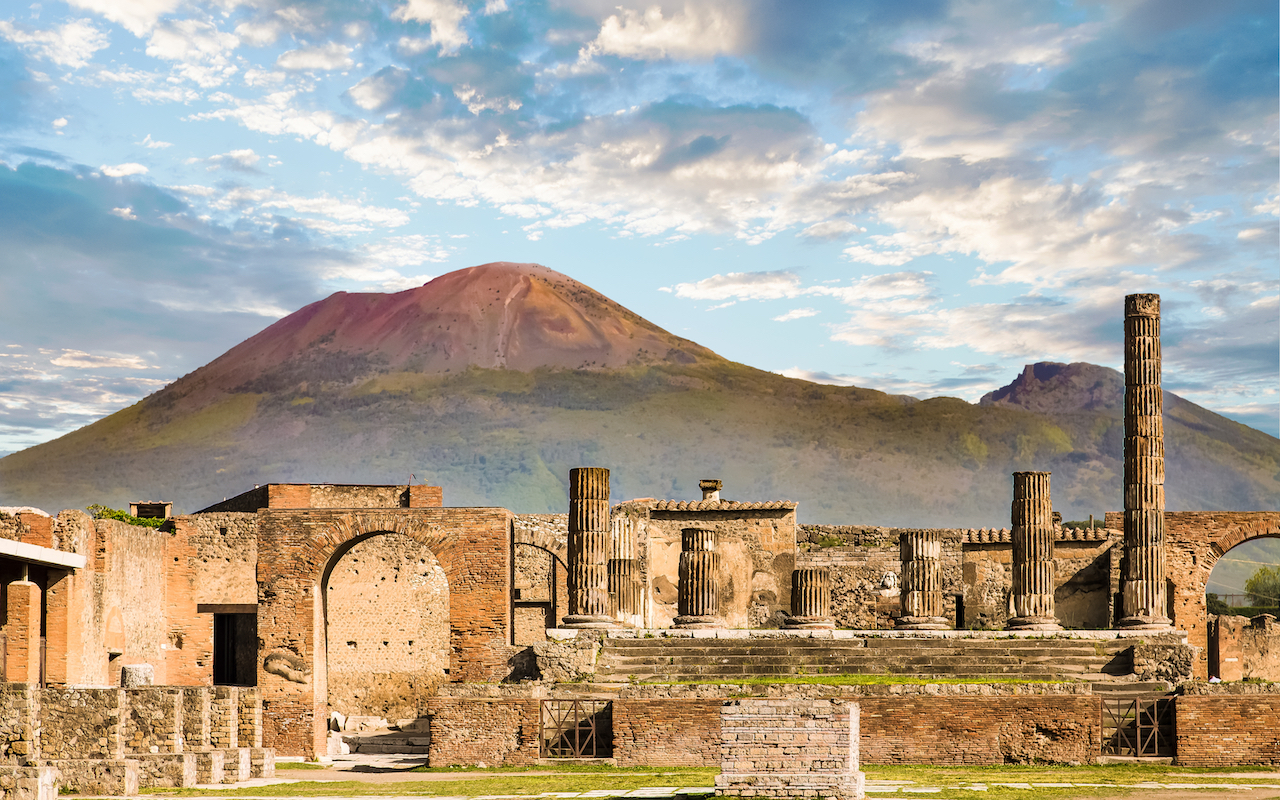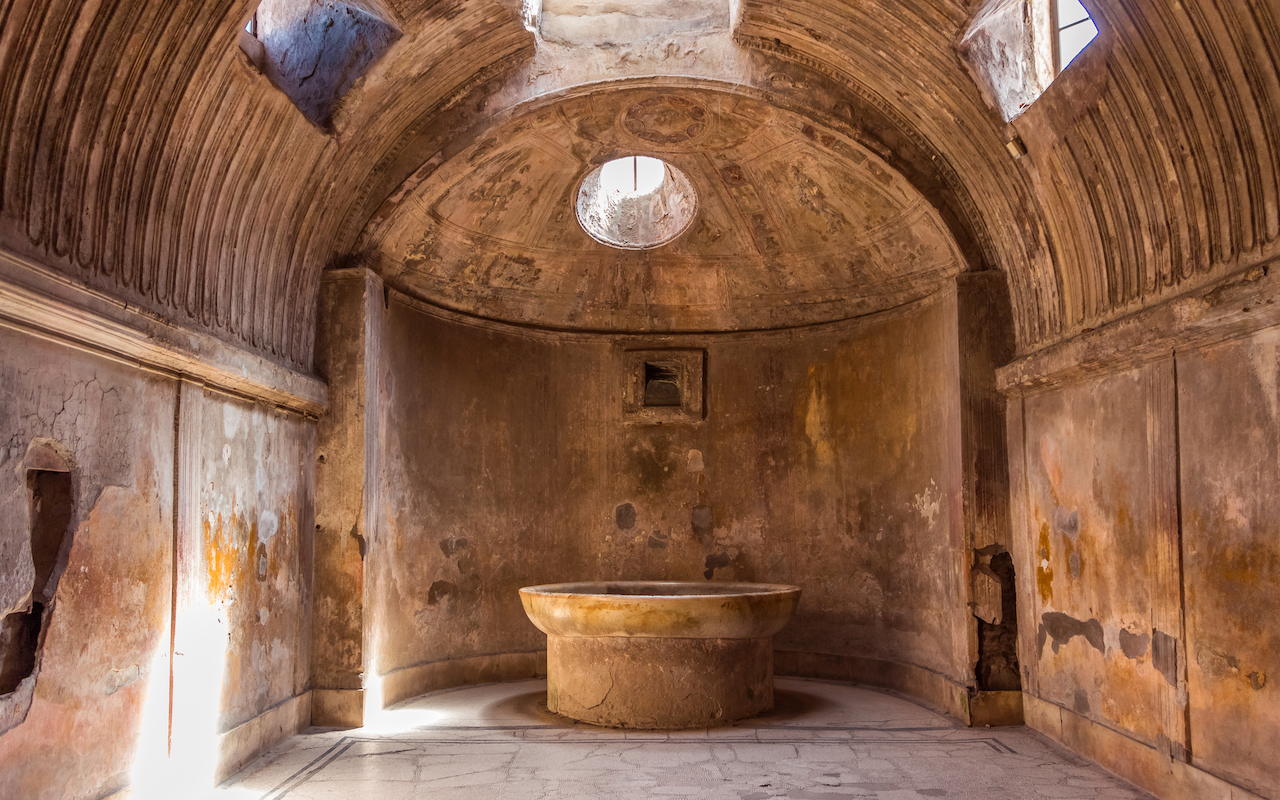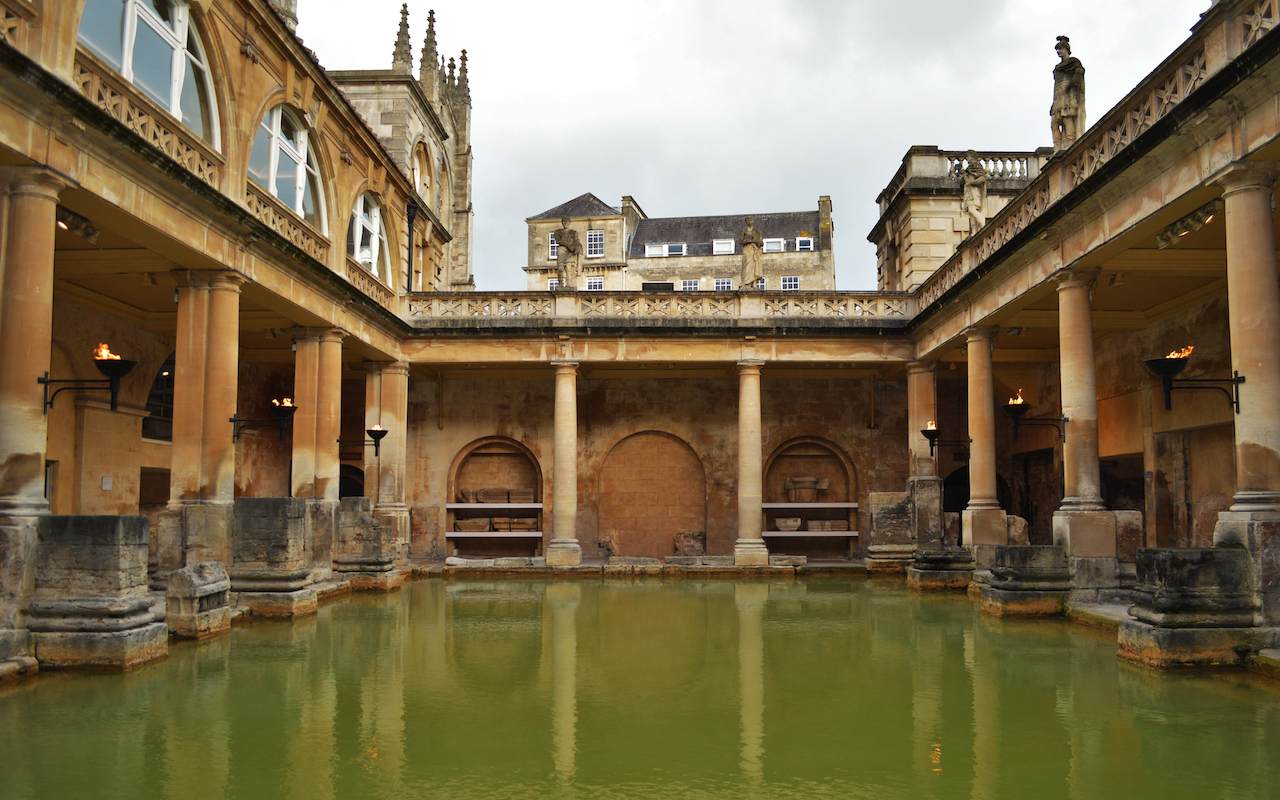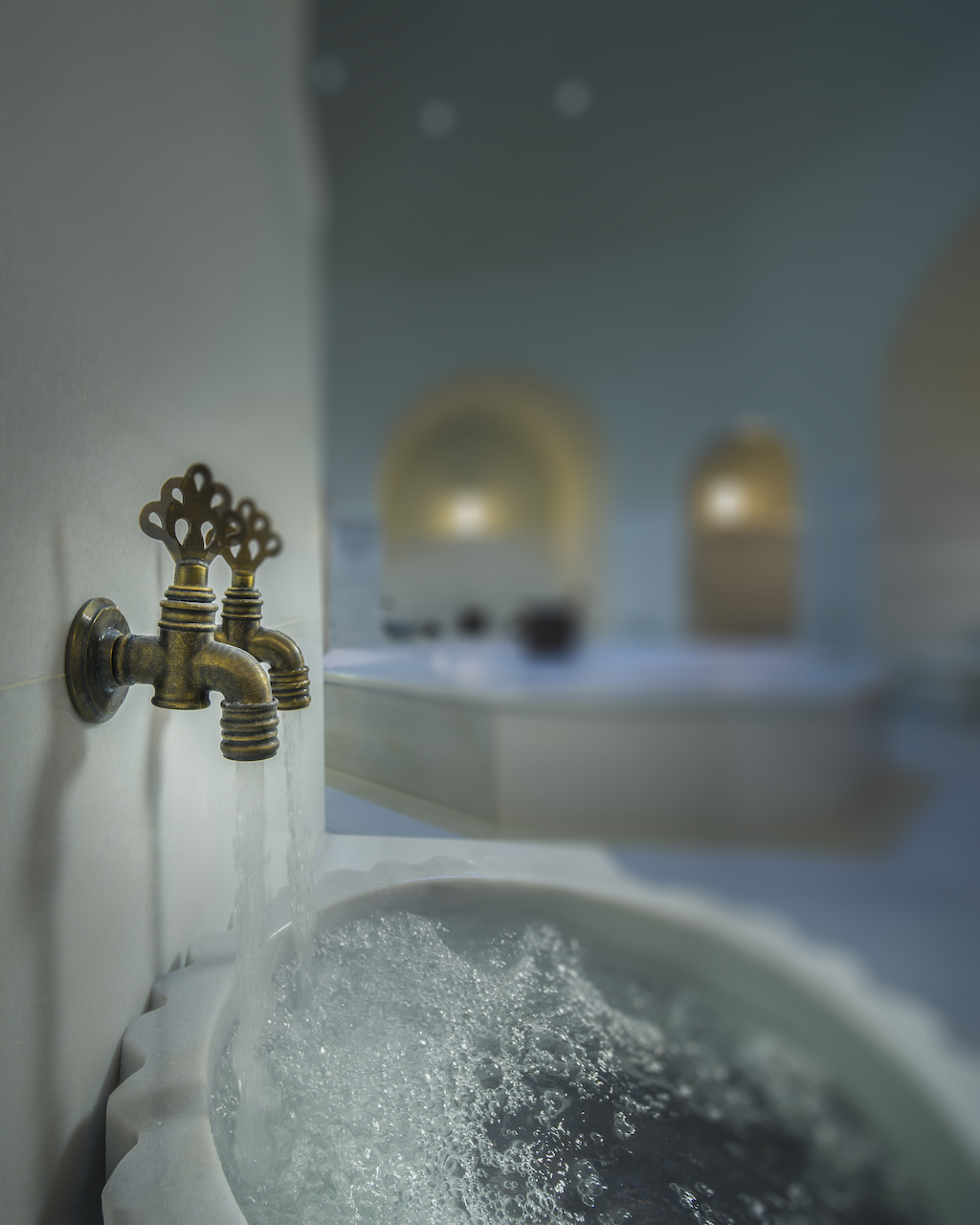
3.6 million
Number of visitors to Pompeii in 2018, making it the country’s second-most-popular tourist site after Rome’s Colosseum.79AD
Year Mount Vesuvius erupted, burying the once-thriving city in up to 6m of volcanic ash and pumice. This thick layer of debris has ensured the site has been well-preserved over the centuries, offering an invaluable insight into ancient Rome.3
Number of public baths discovered in Pompeii. The largest and grandest of these are the newly opened Central Baths, called Terme Centrali, which were still being built when the eruption occurred. Beside the baths, the Terme Centrali were also supposed to feature a gymnasium and a sudatorium (vaulted sweating room).
1817
The year in which the Central Baths were first excavated. Subsequent digs occurred in 1836 and 1877; however, it wasn’t until 2019 that the baths were first opened to the public.€32 million
Additional sum the Italian government has promised to the Grand Pompeii Project, which began in 2012. The project, which previously received funding of €105 million, seeks to conserve Pompeii’s existing sites while uncovering new ones.Three other places to enjoy a good, long soak

>42
Number of minerals and trace elements present in the thermal waters of Bath, United Kingdom. Take a dip at the city’s Thermae Bath Spa, Britain’s only natural thermal spa.40°C
Approximate temperature of a typical onsen (hot spring) bath in Japan. Try one at the traditional Tenzan Onsen in Hakone, a popular hot spring resort located a little over an hour from Tokyo.
237
Estimated number of hammams (Turkish baths) in Istanbul, of which around 60 are still in use. Get a massage and body scrub at the 16th-century Mihrimah Sultan Hamami complex.To book a flight, visit singaporeair.com
SEE ALSO: 3 al fresco restaurants to visit in Rome
This article was originally published in the February 2020 issue of SilverKris magazine
The post By the numbers: Facts about Rome’s Central Baths appeared first on SilverKris.
from SilverKris
No comments:
Post a Comment